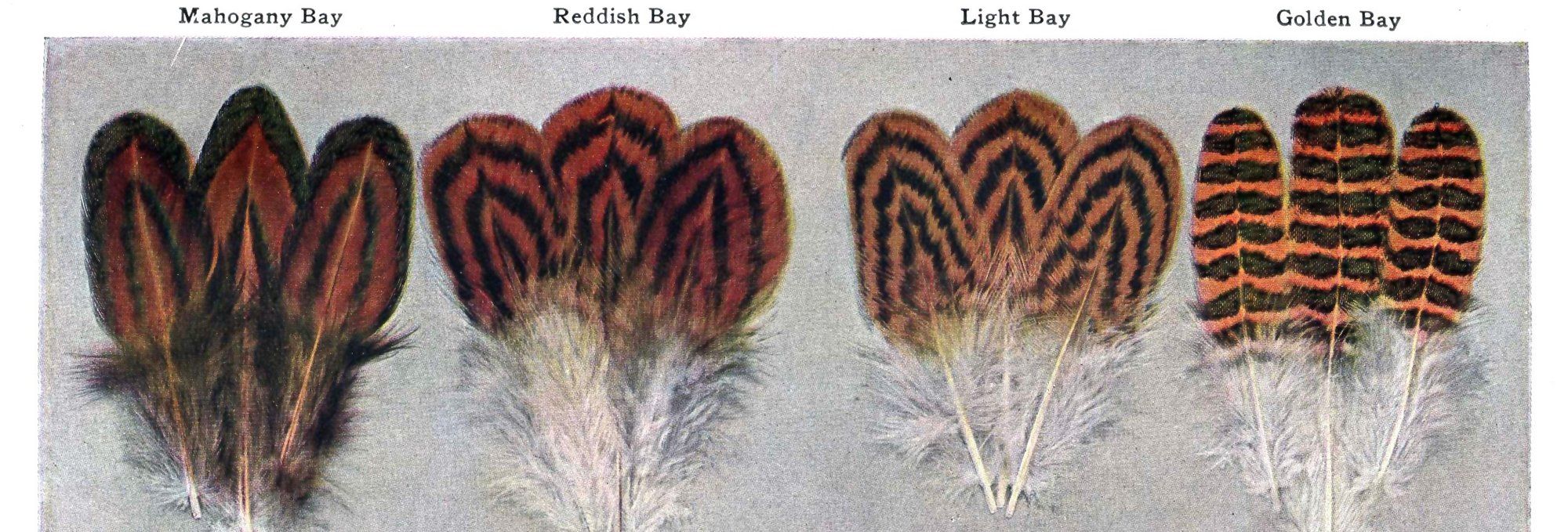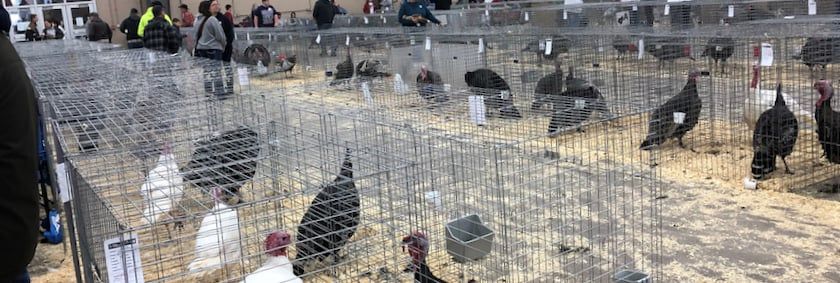The American Poultry Association: Then and Now
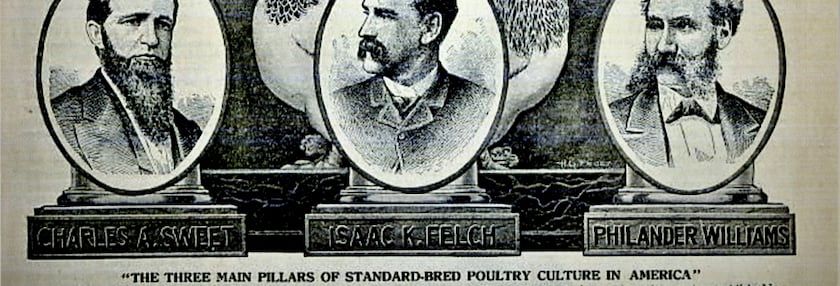

How an ‘old man’s club’ moved mainstream
It all started with an informal meeting held in Boston in January 1873 for the purpose of forming an American poultry organization. The meeting ended with the promise to reconvene the following month in Buffalo, New York. At the February 1873 meeting, the American Poultry Association was organized.
The APA has led poultry breeding and exhibition for the past century and a half. World wars and technological change have brought challenges to its members and their birds, but it has come through to continue leadership in the 21st century.
The first Standard
The first order of business for the newly formed organization was the need for a workable Standard. Six members stepped up to develop the first Standard of Excellence. It was adopted at the January 15, 1874 meeting in Buffalo, New York. This publication immediately became the official guidebook for poultry judging in North America.
The first Standard described 46 breeds, some with multiple varieties, in its 102 pages. It was (and still is) the bible of standard bred poultry for breeders and judges. The next edition, in January, 1875, the Standard was expanded to 243 pages, encompassing 79 breeds and varieties. In 1888, they changed the name to the Standard of Perfection.
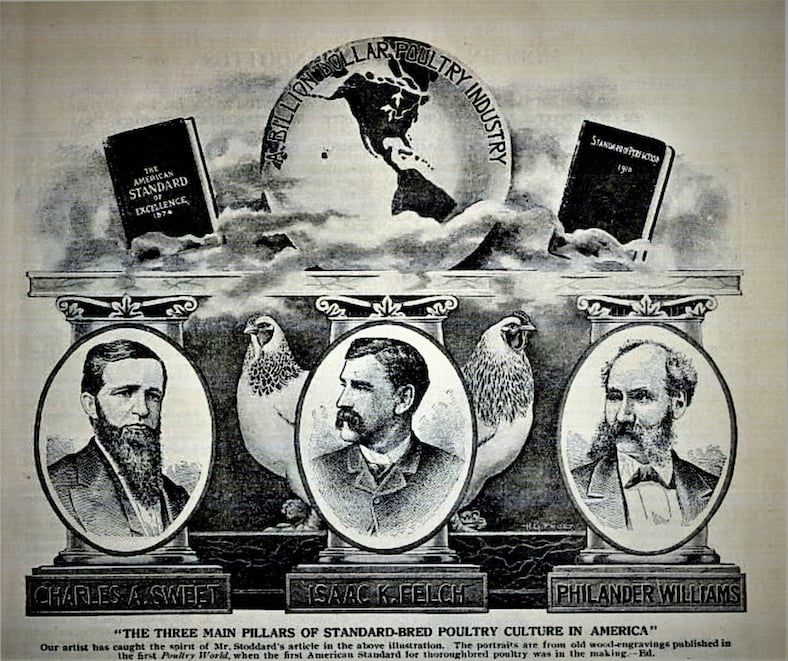
Illustrating the Standard
Revising the Standard was complicated in the early days—communication was slow. Some meetings lasted three weeks. The first Standard had only one illustration. Until the early 1900s, the Standard had only a few drawings identifying points, disqualifications, and defects.
Most of the illustrations were unsatisfactory, but that changed with the 1905 edition. Since then, every edition has included many illustrations of the ideal specimen. Several talented poultry artists emerged. The most recognized is Arthur O. Schilling.
The first colored feather illustrations appeared in the 1910 edition but were not included again until 1953. Thirty years later in 1983 the first full color edition was released. Brad Atwood led that project, as chairman of the Standard Color Committee. He and his committee coordinated its development and secured the sponsorships needed for the original color paintings that were used in this historic edition.

Through all of this, the Standard of Perfection has evolved into what it is today: nearly 400 pages of descriptions, diagrams, and color illustrations of all breeds and varieties of standard-bred poultry. The APA has been publishing the Standard of Perfection for over 145 years.
The 44th edition is now in print, available at amerpoultryassn.com/store/.
Focus on Standard breeds
In the early part of the 20th century, the APA was, nationally, the most dominant organization in the poultry industry. In 1902, some members attempted to turn the APA into more of a trade association, representing both commercial and exhibition poultry interests.
The poultry industry had grown and diversified to the point that different segments of the industry were specializing in specific areas. The hatchery industry had become huge, but most of the board of directors felt that the baby chick business was not in the best interests of the poultry industry. Because of competing opinions about the future of the industry at the APA convention in 1915, members proposed establishing separate departments within the Association that would favor the commercial poultry industry. One would be for baby chicks. The board decided against these new departments and to continue to focus on the superiority of standard-bred poultry and its judging.
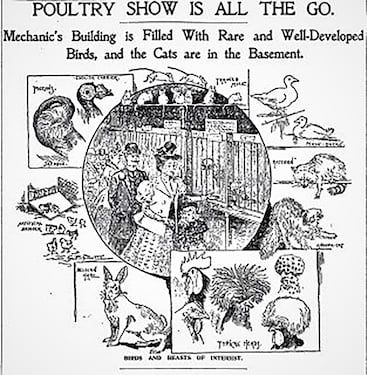
Because of this, the APA lost some of its stature in the commercial industry. It remained the premier Association in the standard-bred poultry industry, a position it holds to this day.
Exhibition
The 1920s saw the interest in exhibiting poultry continuing to increase. In 1925 there were 300 major poultry shows nationwide, not including fairs and junior shows. The largest show of that time was in New York City in January of each year at Madison Square Garden. Other important shows were held yearly in Chicago, Boston, Portland, and Kansas City. Along with these major events and many local shows, most state and county fairs of that era also had poultry exhibits.
History of accomplishments
It would be impossible to mention all the major projects and historical accomplishments in the long history of the APA. Through all that has transpired, it has evolved into the premier organization for all standard-bred poultry. It is the oldest livestock organization in North America and continues to work to improve standard-bred poultry breeding, conformation and judging.
The APA has gone through many changes in its 145+-year history. The membership demographic has moved from an “old man’s club” to an organization for all ages and genders. It has a solid affiliation with YEPA (Youth Exhibition Poultry Association), a well-run youth program. It has a judges licensing program that has seen both men and women of all ages become qualified judges.

The Standard of Perfection, one of the key reasons why the organization was formed so many years ago, continues to be revised and improved to meet the changing times. The one thing that has not changed over the years is the dedication of the many members and officers who have worked endlessly for the betterment of the poultry fancy and the Association.
APA’s future
The future is looking bright! About a year and a half ago, the APA Board of Directors completed a formal strategic planning process, the first in the long history of the Association. Several items developed in those sessions are already underway.
The recently elected Board of Directors contains several new faces. If the energy exhibited during our recent conference call is any indication, this Board is ready to work. And work we will.
We need to take technology to the next level. A robust promotion and merchandizing program could increase income. Currently, the APA’s main financial support comes from memberships and the sale of Standards. And we need to continue our member-centered focus and improve service to our members.
The APA has survived the hard times and flourished in the good times. It has been able to continue as an organization because of the willingness to change its course, albeit sometimes reluctantly, when needed. I don’t see this changing.
*This article was adapted and updated from an original article written by APA Director-at-large John Monaco celebrating the APA’s 140th anniversary.
Tags:The Back Story

Chicken Whisperer is part of the Catalyst Communications Network publication family.







